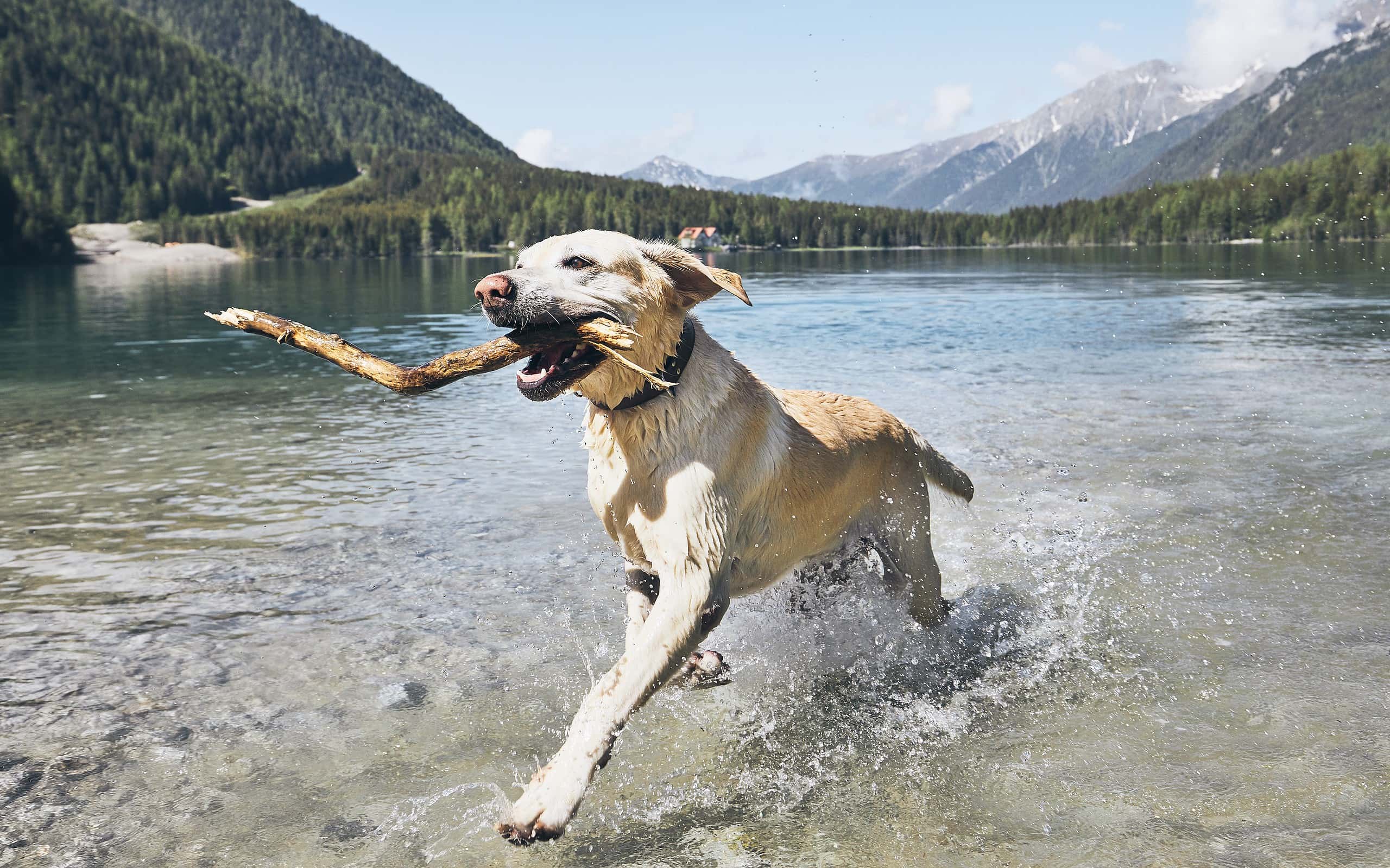Every dog owner knows that exercise is important for their dog’s well-being. However, it can be challenging to know if your dog is getting enough exercise or not. After all, there is no one-size-fits-all answer. Yes, some breeds need more exercise than others, but even within a single breed, there can be a lot of variation.
Instead of following strict guidelines for your dog’s breed, observing the dog in front of you is best. We highly recommend paying attention to these signs that your dog isn’t getting enough exercise. If they show two or more of these behaviors, they likely need to get outside more.
1. Weight Gain

Obesity is just as harmful for dogs as it is for people. Therefore, it’s essential that your canine gets enough exercise to counteract weight gain.
©phatthanit_r/iStock via Getty Images
Inactivity can quickly lead to weight gain in dogs, especially if you continue to feed them their usual diet. Not enough exercise, combined with excessive calories, leads to an overweight pooch (or even an obese one, in more severe cases).
When exercising, a dog burns calories, just like a person. The less exercise a dog does, the fewer calories they will burn. Over time, this leads to the accumulation of body fat – sometimes excessively.
Of course, weight gain can have a huge impact on a dog’s health. Just like in people, obese dogs are prone to more diseases, and they have a shorter lifespan. According to some veterinarians, even being moderately overweight can reduce a dog’s lifespan by as much as two years.
Some common diseases associated with being obese include cancer, diabetes, heart disease, hypertension, arthritis, bladder stones, and anesthetic problems.
2. Restlessness
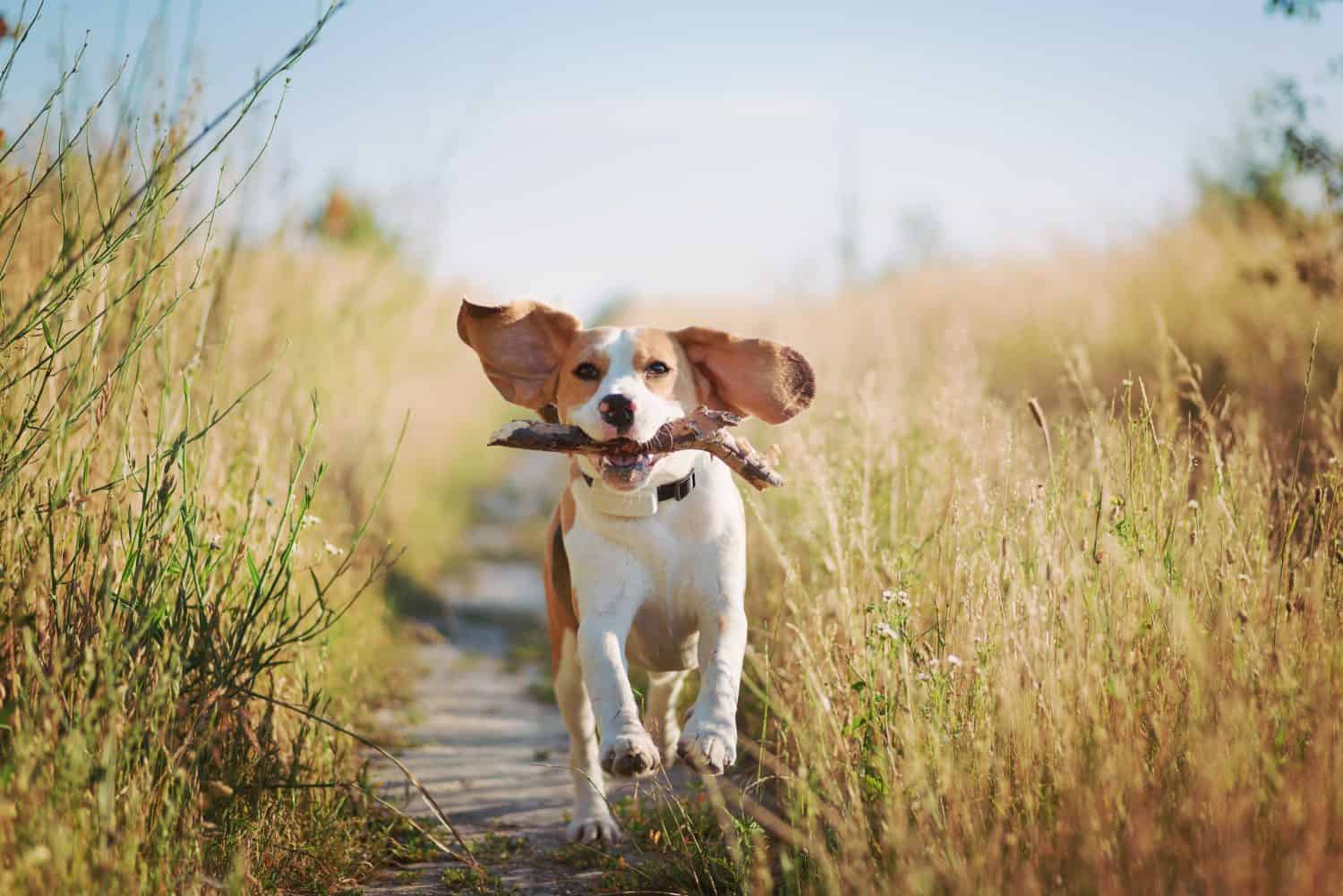
Dogs that don’t get enough exercise will often look for ways to move more, which often translates to restlessness.
©tetiana_u/Shutterstock.com
Every dog has a certain amount of energy to use up each day. The amount of energy they have isn’t always the same from day to day, just like your energy level may vary depending on many different factors.
If a dog doesn’t get enough exercise, they will often try to use up this pent-up energy. Often, a dog will have a hard time relaxing and may spend much of their time pacing around. As soon as something new or potentially stimulating occurs, they may go off the rails with excitement.
In some cases, restlessness can turn into anxiety. Think about the last time you had to spend a long time waiting around, whether it was in a doctor’s office or while you were waiting for an appointment. After some time, you likely started getting a bit antsy.
Dogs react to too much lying around the same way. The only difference is that our dogs are completely reliant on us for their exercise. Therefore, they may continue to be anxious and antsy until we start providing more exercise.
3. Destructive Behavior

Providing the right amount of exercise for your dog can help save your couch.
©smrm1977/iStock via Getty Images
Without the proper amount of exercise, dogs can quickly become bored. When an antsy dog is also bored, they often try to make their own fun. If they don’t have any proper outlets for their energy, they’ll eventually start turning towards improper outlets, like chewing up your couch or digging dozens of holes in your yard.
Often, this sort of behavior is improperly interpreted as separation anxiety. However, it can just as easily be due to your dog not getting enough exercise.
Normal training to correct this bad behavior won’t work until the root cause of the problem is solved. It’s important to increase your dog’s exercise and correct their behavior at the same time. Otherwise, destructive behavior can become a habit, even if you provide your dog with more exercise.
4. Barking
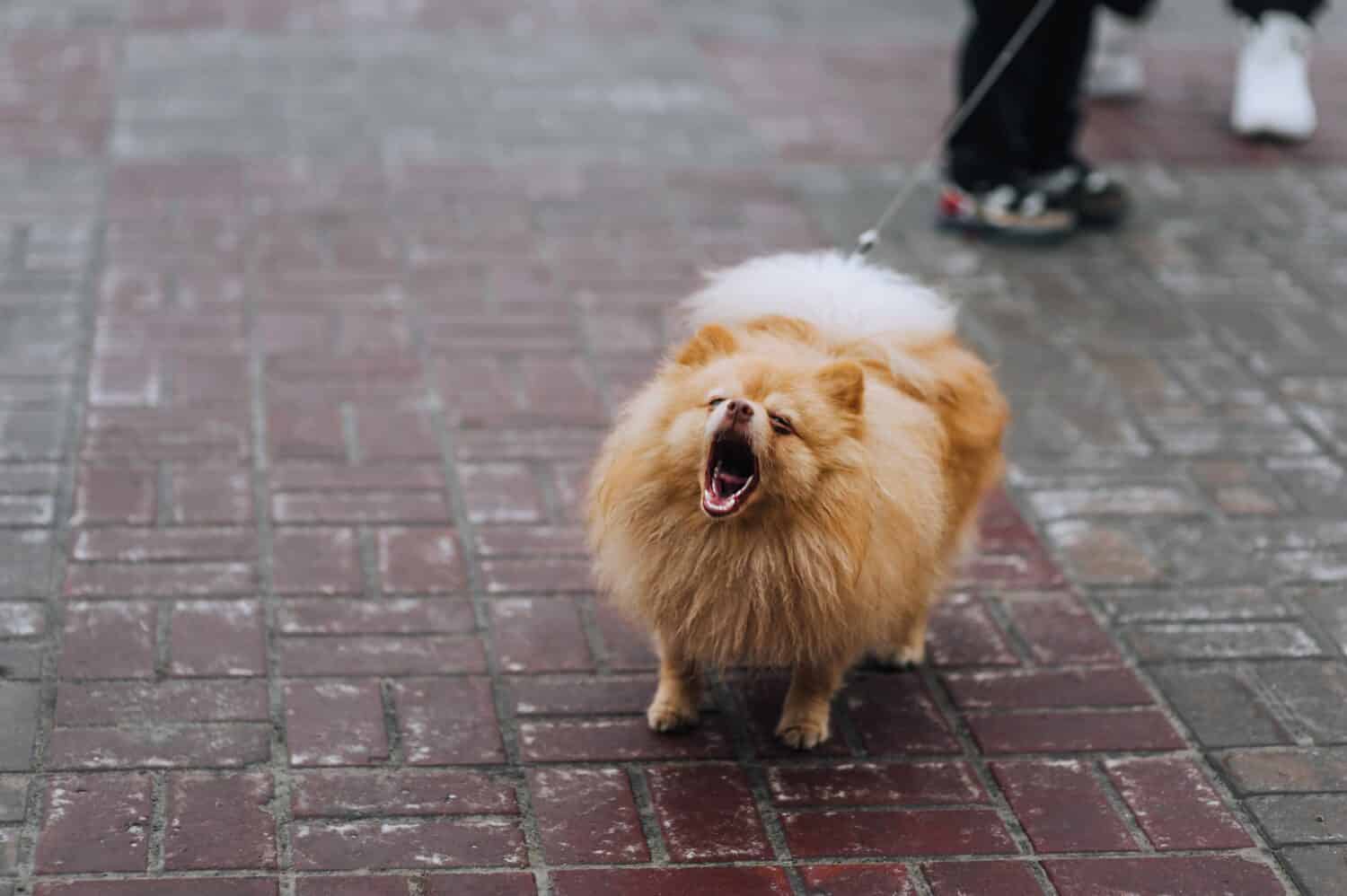
Excessive barking is often due to boredom and hyperactivity – both of which are caused by too little exercise.
©Shchus/Shutterstock.com
If your dog is bored and understimulated, they may seek out more stimulation. One way they accomplish this is by becoming noisier. They may constantly be looking for ways to entertain themselves and use their energy, including barking at the mailman or even nothing at all (seemingly).
Any dog can become noisy if they’re underexercised, but small, yappy breeds are more likely to become even noisier if their exercise needs aren’t met. Sadly, many people adopt moderately active, smaller dogs and mistakenly believe they don’t need much exercise due to their size.
Much of the noisiness associated with smaller breeds can be partially attributed to the lack of exercise they commonly get.
Increasing the amount of exercise your dog gets can improve their noise levels. However, this method works best if you also introduce training to limit the amount of excessive barking.
5. Hyperactivity
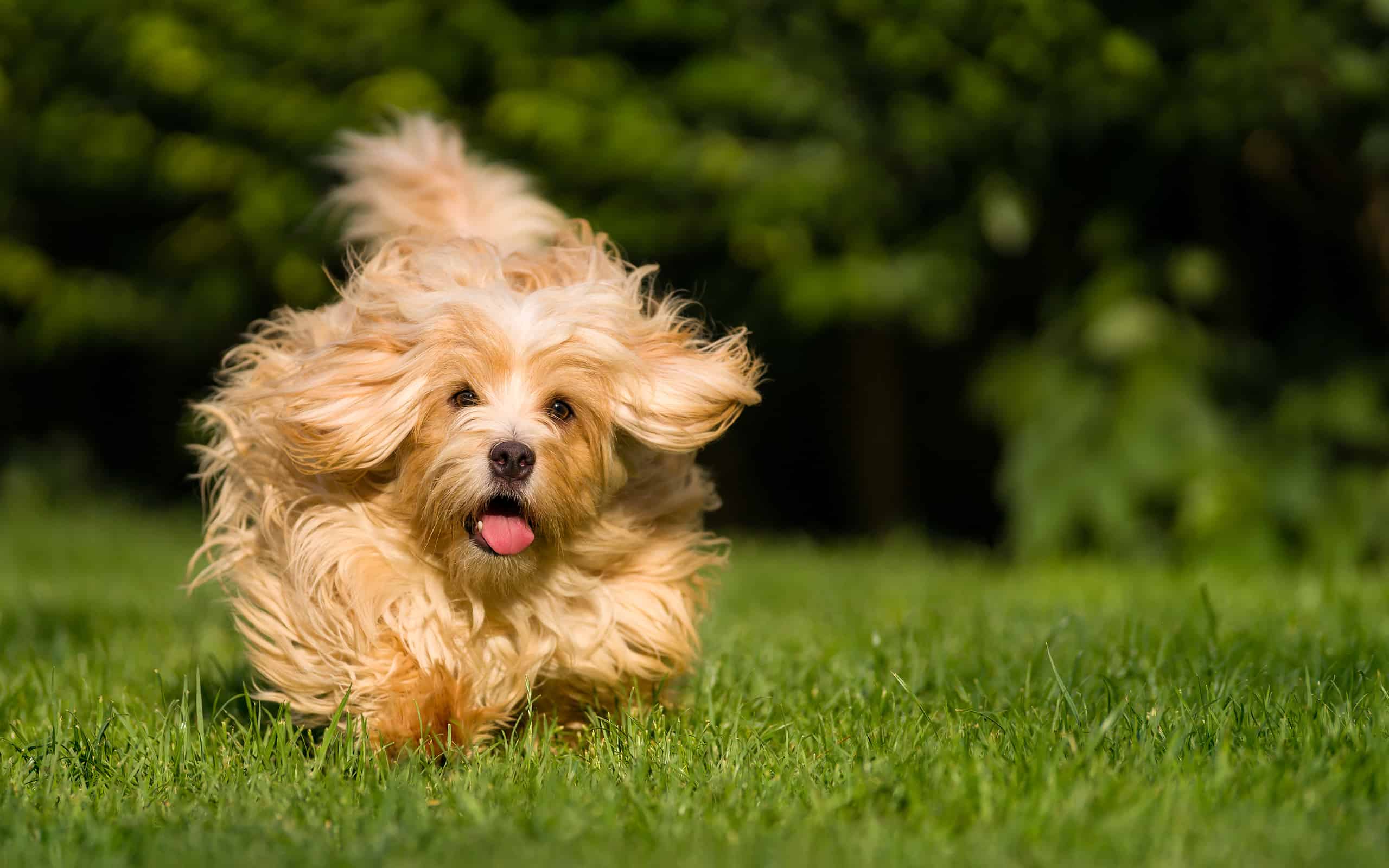
Hyperactivity is often the cause of not enough exercise. The dog simply has too much energy.
©Dorottya_Mathe/iStock via Getty Images
When a dog isn’t exercised properly, they will have a lot of pent-up energy. Often, this can cause hyperactivity, which involves the dog moving almost constantly. A hyperactive dog will often run around the house, seemingly blind to anything that stands in their path.
Small dogs can become hyperactive (and they often do). However, hyperactivity is often more troublesome in larger dogs, as they may knock things over indiscriminately.
Dogs that are hyperactive may seem constantly excited. They may also seem very easily excited, becoming uncontrollable at the slight hint of a visitor or treat. Many dogs will be unable to settle down for more than a few seconds.
Hyperactivity can make training nearly impossible. With so much energy to run off, your dog won’t be able to pay attention. For dogs with a high energy need, it’s recommended that you exercise them shortly before trying to train them.
6. Attention-Seeking Behavior
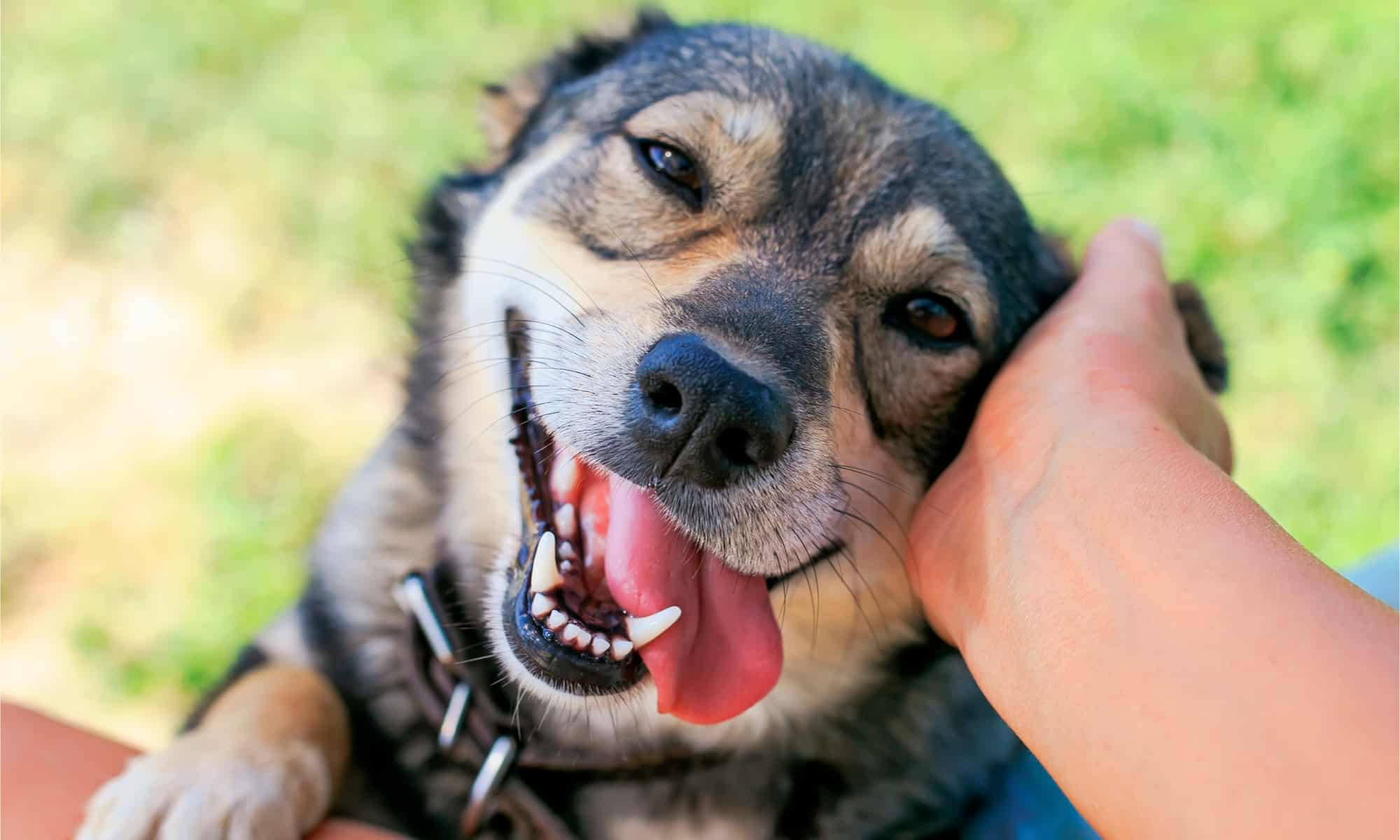
Dogs can try to solve their boredom in various ways, including social means.
©Bachkova Natalia/Shutterstock.com
As we’ve stated, an under-exercised dog is often a bored one. Dogs may try to relieve this boredom through hyperactivity and destructive behaviors, which we discussed above. However, they may also try finding stimulation by interacting with you.
In a well-exercised dog, seeking some attention is normal. However, when a dog isn’t exercised enough, social dogs can become especially needy. They may follow you around the house (often barking) and paw at you almost constantly. It can quickly become a bit too much for their owners.
Often, attention-seeking behavior is interpreted as “just how that dog is.” That said, it can also signify that your dog needs more exercise.
7. Digestive Problems

Always take your dog to the vet to rule out any health issues before assuming they aren’t getting enough exercise.
©Antonio_Diaz/iStock via Getty Images
Digestive problems are a commonly overlooked sign that your dog isn’t getting enough exercise. The digestive system needs movement to work properly. If your dog isn’t getting enough exercise, there is a good chance that their digestive system won’t function properly, either.
The most common digestive issue associated with too little exercise is constipation. If your dog isn’t moving, the things in their digestive tract may also have a harder time moving. However, diarrhea and gassiness can also occur. Dogs simply react to being less active differently.
Of course, if your dog is showing signs of digestive issues, always visit your vet first. They can rule out a different underlying cause before you start increasing your dog’s exercise. Plus, while you’re there, your vet can check your dog’s weight to see if they have gained a few extra pounds.
Often, as soon as regular exercise is implemented, the digestive tract will return to normal. However, there may be a week or more of further issues as your dog’s systems adjust to the new exercise regimen.
8. Excessive Sleeping

All dogs need sleep, but sleeping too much can be a sign of an underlying issue.
©Ervan Widjaja/iStock via Getty Images
Underexercised, bored dogs may also sleep far more than they need. Without anything to do, your dog may just start spending more time with their eyes closed.
Often, periods of long naps will be interspersed with hyperactivity or destructive behaviors. Your dog may seem like they’re either going 100% or passed out. However, both behaviors often show that your dog needs more exercise and stimulation.
Excessive sleepiness may also be related to underlying health problems, so it’s important that you check with your vet. If your vet gives your dog a clean bill of health, consider increasing your dog’s exercise. In the best-case scenario, this should help wake them up.
9. Irritability

Pent-up energy can also make a dog agitated and irritable. Even the smallest thing may start setting them off.
©leungchopan/Shutterstock.com
Just like exercise is needed for the digestive system, our dog’s endocrine system also needs movement to help stabilize their hormones. Without it, your canine may be more irritable or aggressive than usual. Things that your dog was once okay with may now illicit a snarl.
Dogs often react to not getting enough exercise in one of two ways. They may become hyperactive and attention-seeking, or they can become irritable and anxious. If your dog falls into this latter category, they can be challenging to live with if they don’t get enough exercise.
That said, some dogs may be both hyperactive and irritable. For instance, some anxious dogs may run from room to room or window to window. If you try to interfere, they may get upset.
Exercise helps relieve stress, as well. If your dog is experiencing a particularly stressful period, now is not the time to skip exercise. It’s important to keep up with your dog’s exercise needs, even during periods of change like moving and introducing a new puppy to the household.
10. Lack of Interest in Play
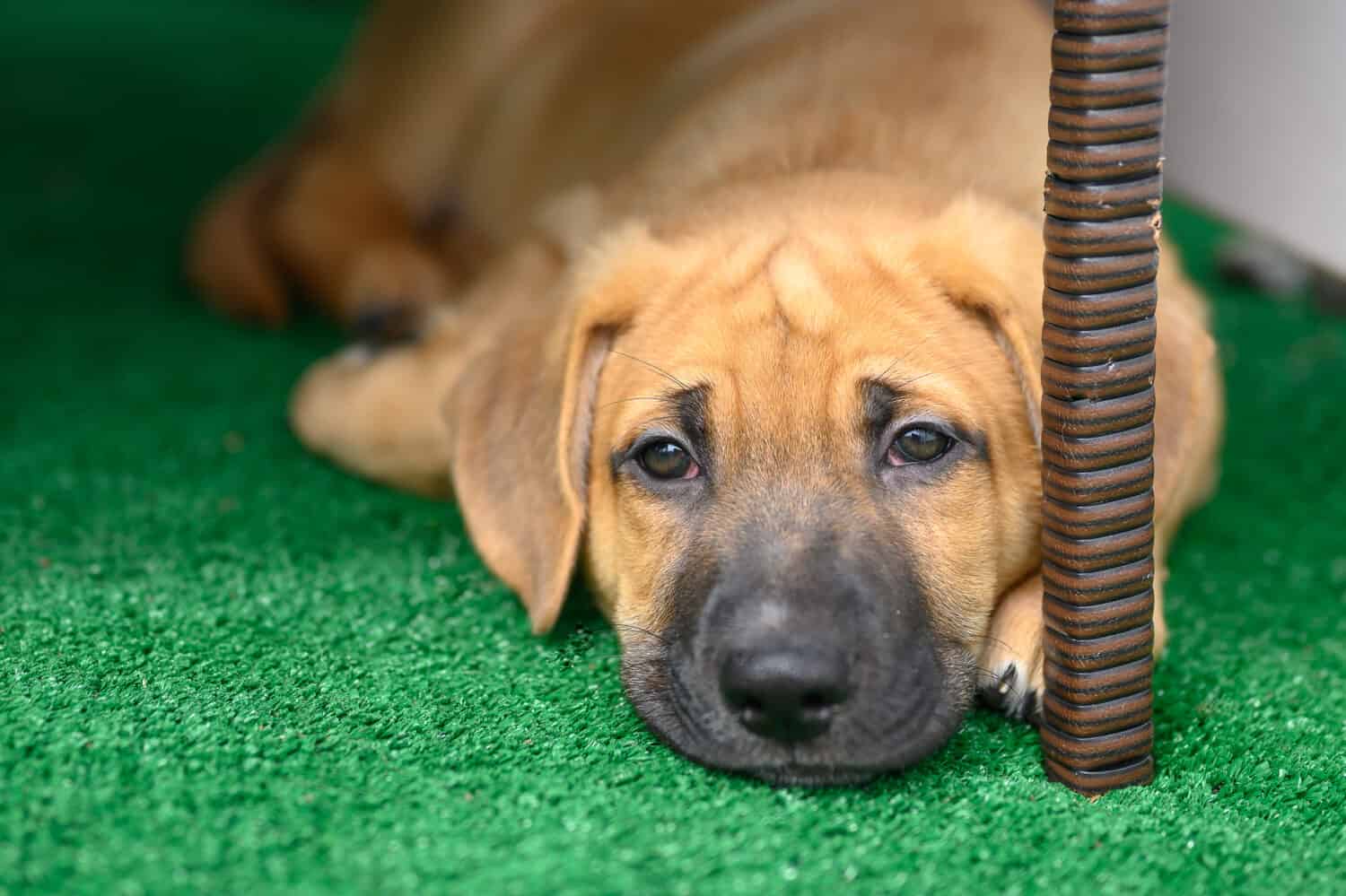
Not every dog bounces back from a lack of exercise quickly. Sometimes, they have to be convinced.
©Jennifer Kramer/Shutterstock.com
Some dogs become more subdued without enough exercise. These tend to also be the dogs that sleep more. Even if you offer to play, they may not want to or only play for a short period.
Often, this is the case after years of not getting enough exercise. Simply put, the dog is out of shape. Just like humans will be less capable of physical activity after years of sitting on the couch, our dogs will be, too.
If your dog hasn’t been getting enough exercise for months or years, you’ll need to work them up to a full exercise regimen. Don’t take your dog from zero exercise to over an hour of exercise a day, even if they’re from a more active breed. Start by introducing a ten-minute period of light exercise and work up from there.
Slowly, your dog should start becoming more interested in playing, which can help them meet their exercise needs. If your dog is used to lying around, breaking that habit can take a few weeks.
For very obese dogs, you must be cautious of over-exercising them until they’ve lost some of their weight. The added weight combined with exercise can wear down their joints or trigger other health issues. Slow and steady should be your goal.
Ready to discover the top 10 cutest dog breeds in the entire world?
How about the fastest dogs, the largest dogs and those that are -- quite frankly -- just the kindest dogs on the planet? Each day, AZ Animals sends out lists just like this to our thousands of email subscribers. And the best part? It's FREE. Join today by entering your email below.
Thank you for reading! Have some feedback for us? Contact the AZ Animals editorial team.

